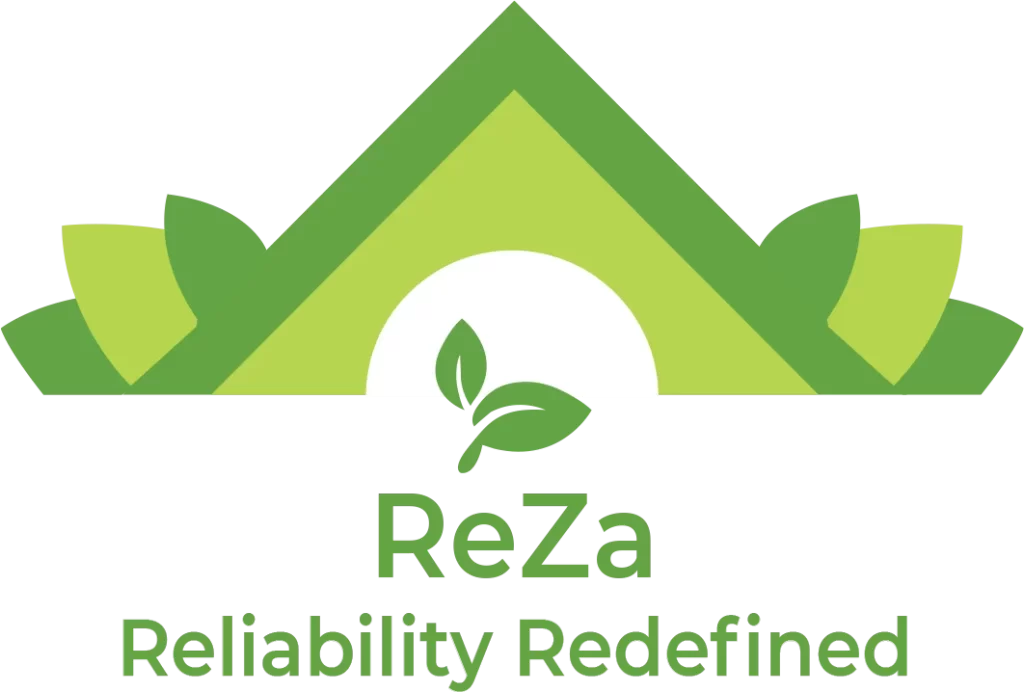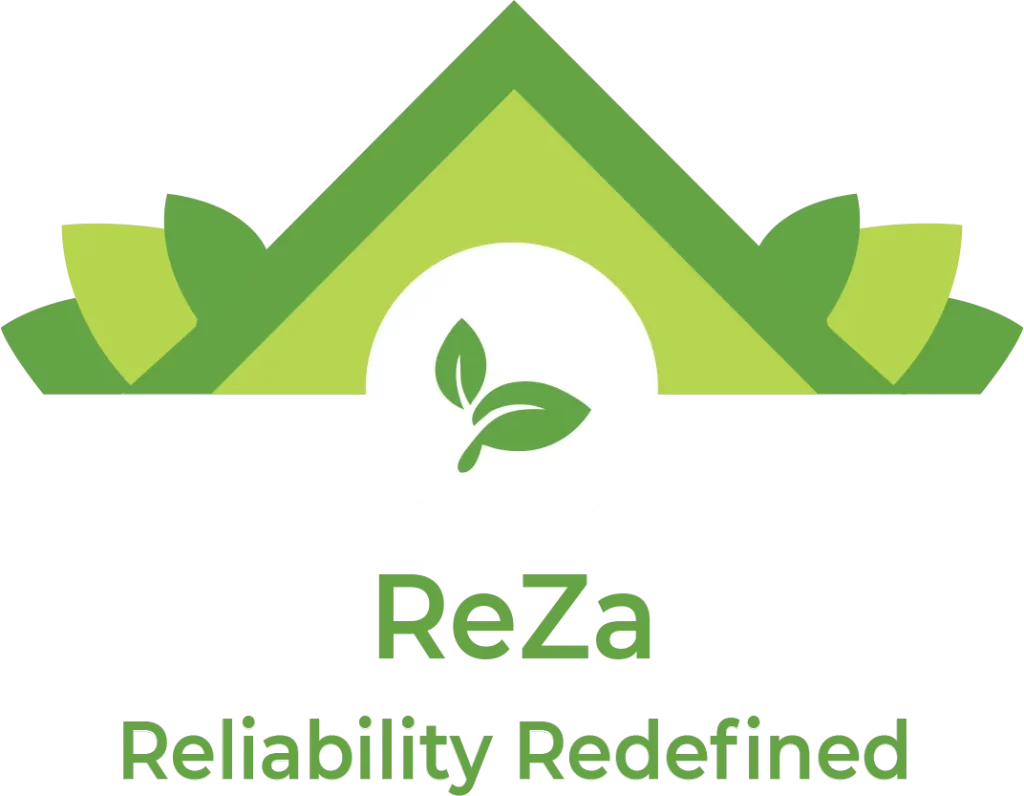Different Types Of Skylights And How To Choose The Right One
Skylights are a fantastic material that improves energy efficiency, illuminates low-light areas, and adds a much-needed dimension to a living space. Moreover, the skylights provide extra lighting to the floors, which helps to cut down the electricity bill, and your energy expenses might be significantly impacted by the quantity of heat they let in. This article will walk you through the various types of skylights and help you make the right choice when selecting a skylight for your home.
What is a skylight?
It refers to a special type of window applied to the roof of the building to fill the space with maximum daylight. In other words, a skylight is a sheet made of glass or plastic that allows daylight to touch the building’s floors and other spaces.
There are many different types of skylights that are capable of allowing approximately eight times as much light to enter the building as compared to an ordinary-sized window.
Why skylight?
Buildings with vertical windows and skylights typically have high energy efficiency. Skylights play a major role in making a contribution to energy efficiency. They allow the maximum distribution of light into the building evenly, which improves the overall visual comfort levels of the occupants and energy savings.
The land scarcity has an adequate amount of light and ventilation. Apart from that, some homeowners consider home safety aspects and opt for fewer window openings in the walls. In such scenarios, the application of skylights on the roofs would allow natural light and atmosphere into the areas of the building that normally might not have windows.
Skylights also improve the convenience of interior areas that might otherwise require additional artificial ventilation or lighting. They allow additional flexibility in the architectural design. Moreover, the skylights ensure that the areas are filled with natural light even in the darkest conditions, with very little or no extra artificial light.
Types of Skylights: Check out the top options
Based on the materials used, their type of use, and the room or roof, the skylights can be of many different types. The commonly used skylights are discussed below.
1. Skylight that is fixed
One of the most famous skylights, among others, is the fixed skylight. Their name itself implies that they are sealed to the roof and do not require openings for ventilation. Fixed skylights are used in low-light areas, for instance, the attics and the stairwell. The material used in the fixed skylight is glass, and its frame is made of steel, aluminum, or timber.
2. Skylight with Ventilation
This type of skylight serves multiple purposes among the different types of skylights. They act as a source of air and light ventilation. They help to remove excess moisture and maintain a constant flow of fresh air in the living area; they are also ideal for the bathroom and kitchen. Generally, ventilated skylights are additional windows over the roofs of your house.
3. Tube Skylight
Tubular skylights are efficient skylights that offer natural light to both residential and commercial indoor spaces. They include three main constituents:
- A light collector is installed on the roof, which normally has a parabolic lens that enables daytime light collecting. A frame holds these lenses in place.
- A tube with excellent reflection: the gathered light is reflected through the tube and into the diffuser-lens interior fixture.
- a tube with excellent reflection: The gathered light is reflected through the tube and into the diffuser-lens interior fixture.
These are the ideal choice if there isn’t enough or no access to the roof area needed for a fixed or ventilated skylight.
4. Personalized Skylight
These skylights are open to the sun and the stars. They are not just boxes or tubes but are uniquely designed to allow natural air and light into the surrounding spaces. They are impressive in quality and elegant windows to the sky, which allow natural light and, at the same time, are airtight and dry. These are the best skylights when it comes to the condition of roofs that allow installation of the normal type of skylight. These are one of the best options if you need your building’s visual appearance to be improved. These skylights can be of any geometric shape and size and can be created as per the requirements.
5. Skylight pyramid
Pyramid skylights are available with various slops or pitch options. They are typically fixed on curbs onto the building roofs. They are pyramid shaped over a square opening and generally have four sides. When the same structure is created over a rectangular aperture, the skylight is called a “hip ridge skylight,” even though it is typically described as a pyramid over a square hole. Usually, the architect’s creative vision, the demands of structural engineering, or a combination of the two, decide the skylight’s pitch. The other kind in this group is a multi-sided pyramid skylight, sometimes referred to as a polygon skylight, which may be built over an aperture with 6 or 8 sides as well as an opening with many unequal sides.
6. skylight with a dome shape
These skylights in the form of a dome are constructed from durable plastic. This skylight’s dome-shaped design, as its name implies, allows light to enter the space from all sides. The fundamental benefit of this skylight is that, even with weak light streams, it illuminates the whole space. For protection and insulation, they have two layers: a thick, contaminated layer on the outside and a thin, clear one within. For both home and commercial uses, dome skylights are appropriate. Additionally, they may be strategically placed near building entrances to brighten lobby areas or draw attention to eye-catching elements like murals, sculptures, planters, paintings, reflecting pools, and much more.
7. Skylight with a barrel vault
This kind of skylight is a useful and affordable way to provide an atrium, lobby, or building’s interior daylight and space. They are also utilised as covers between buildings, sidewalk canopies, and entry canopies. The skylight, in this instance, covers the entirety of the roof, or more than 80% of it. The non-residential structures that employ this type of skylight the most include industrial complexes, parking garages, canopies, parking garages, mall arcades, and medical and educational facilities. Due to the skylight’s larger size and weaker privacy features, they are not taken into consideration for residential construction.
How to choose the best skylight?
Skylights are trending these days more than previous designs, which are more reliable and available in a variety of designs. Designs are only one thing to consider before opting for a skylight, but there are a lot more to check out before you mount it on the property.
- Aesthetic Value vs. Natural Light
Well, firstly, before making a choice, you need to identify your requirements. What do you hope it will do? Generally, its function, like, does it bring aesthetic value or bring in more natural light, is unknown.
- Positioning
As we already know about the function part, clearly it is one of the most major factors. Any home may greatly benefit from natural light, but too much of it can be harmful. You might need to watch out for excessive UV exposure inside. Numerous aspects, including the size and quantity of skylights, will be impacted by where your skylights are located.
- The size and shape of the room
Your choice of skylight may occasionally be influenced by the room’s size and form. For instance, many tube bends could be necessary to provide the best skylight performance in a room and roof that are obscurely shared. The larger the skylight, however, the better; this is a basic guideline that applies to all skylights.
- Operability
In reality, fixed and vented skylights are the two basic forms. Fixed skylights are not operable and are just intended to add additional light, as their name implies. A vented skylight, on the other hand, may be opened manually or remotely depending on the kind of skylight.
Along with the essentials, remote-operated vented skylights might cost a little bit more than their manual counterparts. Additionally, because these include a larger number of higher-quality parts, they are more susceptible to issues. You must weigh function, placement, and cost while making your decision.
- Glazing
Skylights used to be little more than a single glass pane enclosed in a metal frame. There are many different types of glazing available today, from single-or multi-paned glass to cutting-edge polymers, with or without insulation and coatings to regulate factors like heat and UV radiation. You should carefully consider your selections since the glass you choose will affect how the skylight works.
- Planning Authority
Skylights often do not require planning approval because they are typically a component of an already approved extension or replacement of an existing skylight. Additionally, planning is probably not necessary if the modification involves a new addition to an existing roof. But even if it seldom becomes an issue, it is always worth checking ahead.
- Installation and Cost
Roofs that are too steep or too flat require unique installation methods, which can increase the cost. Always take into account the whole cost of installing a skylight, as well as any additional features or accessories, warranties, or other similar factors that are significant.
We are aware that choosing the ideal skylight might be challenging given the wide variety of alternatives available. It might be difficult to decide what kind of skylight to install in your house or even where to place one. Using these tips will undoubtedly make picking a skylight a lot simpler!
Bottom line
Like plants, we thrive under natural daylight. Our bodies are created to explore the sun’s natural daylight, which enhances the energy of all living beings. Keeping that in mind, skylights can provide a noteworthy contribution to energy efficiency and convenience in any structure by offering natural light and atmosphere.

